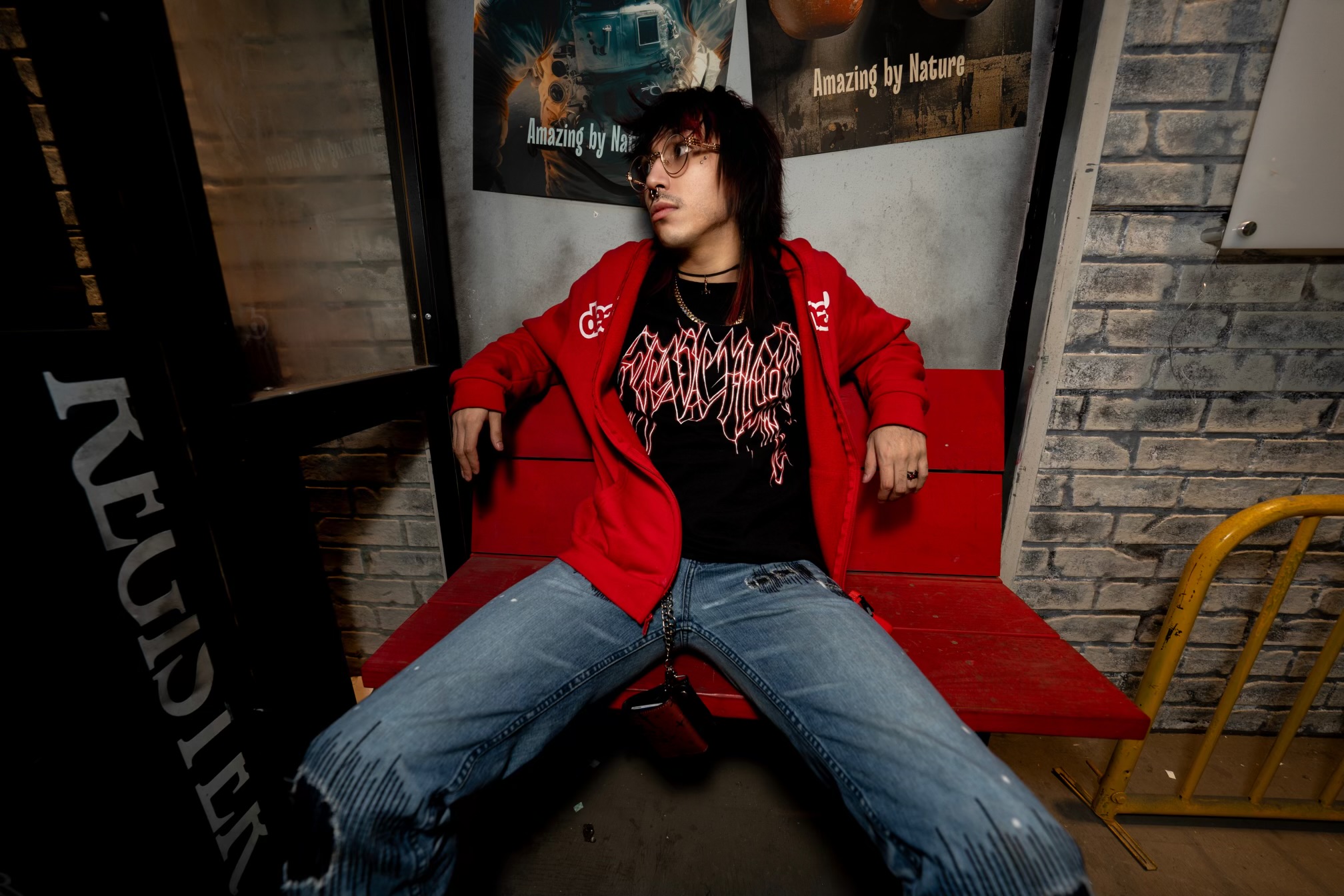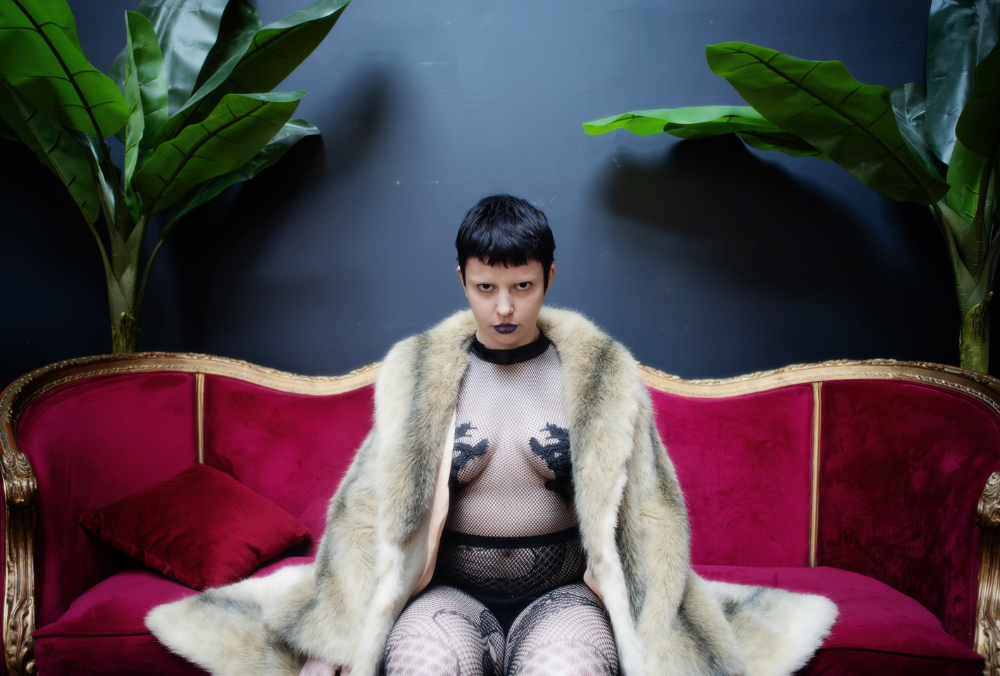The world of anime and manga is a competitive one, and major titles are often seen as friendly rivals or counterparts to one another. The original shonen "big three" dominated the manga scene in their day, only for new rivals to take their place, such as My Hero Academia and Demon Slayer. But what about Hiro Mashima's Fairy Tail?
Many anime fans want to know if the classic Fairy Tail manga/anime franchise could rival any of the classic big three, and fans can easily compare it to Tite Kubo's Bleach in particular. These series reached out to the same audience, but in the end, history was kinder to Bleach than it was to Fairy Tail.
The Sales & Popularity Of Bleach & Fairy Tail
Bleach and Fairy Tail can be compared in terms of sales, popularity, and influence, and it's clear that Tite Kubo's Bleach takes the lead. Both series are bestsellers, especially since they each have so many volumes, yet Bleach has the edge in sales. Bleach, which ran from 2001 to 2016, has an astonishing 120 million copies in circulation, with an average of 1.62 million copies per volume and 74 volumes in total. This means Bleach has even outsold the likes of Takehiko Inoue's Slam Dunk, a popular basketball manga, and Hirohiko Araki's JoJo's Bizarre Adventure, though JoJo is ongoing and might catch up someday.
Hiro Mashima's Fairy Tail clocks in at 63 volumes and ran from 2006-2017 and has 72 million copies in circulation, with an average of 1.14 million copies per volume. These are impressive numbers, but it falls short of Bleach's, and that's not the only way Bleach's manga has exceeded Fairy Tail's.
While popular, Fairy Tail never became a generation-defining manga series, while Bleach did, earning its place in the shonen "big three" of the time along with Eiichiro Oda's One Piece and Masashi Kishimoto's Naruto. While "big three" is somewhat subjective and there are shonen series that have outsold Bleach, the fan consensus is that Bleach became one of the three shonen overlords of its time, and this informal but impressive title means Bleach enjoys a much stronger and more enduring reputation than Fairy Tail.
Similarly, a handful of modern shonen manga series are loosely similar to Bleach, such as Demon Slayer, and Gege Akutami's Jujutsu Kaisen which is confirmed to have drawn inspiration directly from Bleach. Author Kohei Horikoshi also openly admires and looks up to Bleach author Tite Kubo, and the two men have a cordial friendship today. Bleach still has an incredible legacy today, big three or not.
The Characters, Themes & Art Style Of Bleach & Fairy Tail
In terms of content, comparing two manga series becomes somewhat more subjective, but even with a fairly neutral and critical lens, it's apparent that Bleach has the edge on Fairy Tail. It's true that Tite Kubo's hit shonen series falls into some of the same pitfalls as Fairy Tail and makes its own mistakes along the way, but as a whole, Bleach easily kept one step ahead of Fairy Tail during both series' runs.
These series both rely rather heavily on basic shonen concepts like the "power of friendship," such as when Ichigo relied on his friendship with Orihime to empower him in his fight against Grimmjow. However, Fairy Tail is notorious for relying excessively on this concept to turn the tables in a losing battle. Even Erza Scarlet herself was on the back foot against Kyoka until the power of friendship inexplicably allowed her to see after her opponent had robbed her of her vision.
By contrast, Bleach's remarkable combat system scales more smoothly and relies less heavily on sudden bursts of strength. Bleach still has its own issues with sudden power-ups, but overall, the characters' newfound strength feels "earned" much more often. These characters often undergo tough training sessions and even deal with emotional baggage and inner turmoil to find their true strength. Even the likes of Kenpachi Zaraki had to dig deep and face his greatest fears to get stronger, while Fairy Tail characters like Gildarts Clive are simply as strong as the power of friendship and family require them to be.
Character design is another point where Bleach outshines Fairy Tail, and at times, it even outshines its main rivals Naruto and One Piece. Many of Bleach's characters begin as fairly stock designs, such as Orihime, Uryu, and Kenpachi, but these characters often subvert their archetypes or add an unexpected angle. Uryu Ishida, as an example, is introduced seeming like a stoic kuudere, only to show his fierce and passionate side later, something Ulquiorra Schiffer commented on.
In addition, many Bleach character designs reflect the series' surprisingly deep and poetic themes, such as the frustrating futility of undeath and the emptiness of ultimate power, as Grimmjow's, Barragan's, and Szayelaporro's characters demonstrate. Even the dreaded King Yhwach's plan was fatally flawed since his grand scheme would create a gray, deathless world where no one has any hope or courage in the absence of danger and death. A fact which even the fallen villain Sosuke Aizen knew it.
Fairy Tail generally lacks such deep themes, even if its characters have strong and vibrant relationships and clear goals. That may be why Hiro Mashima's manga, while enjoyable, absolutely did not surpass Bleach. Now Bleach's canceled anime is set to return, and the series can prove once again why it's big three material.
About The Author
